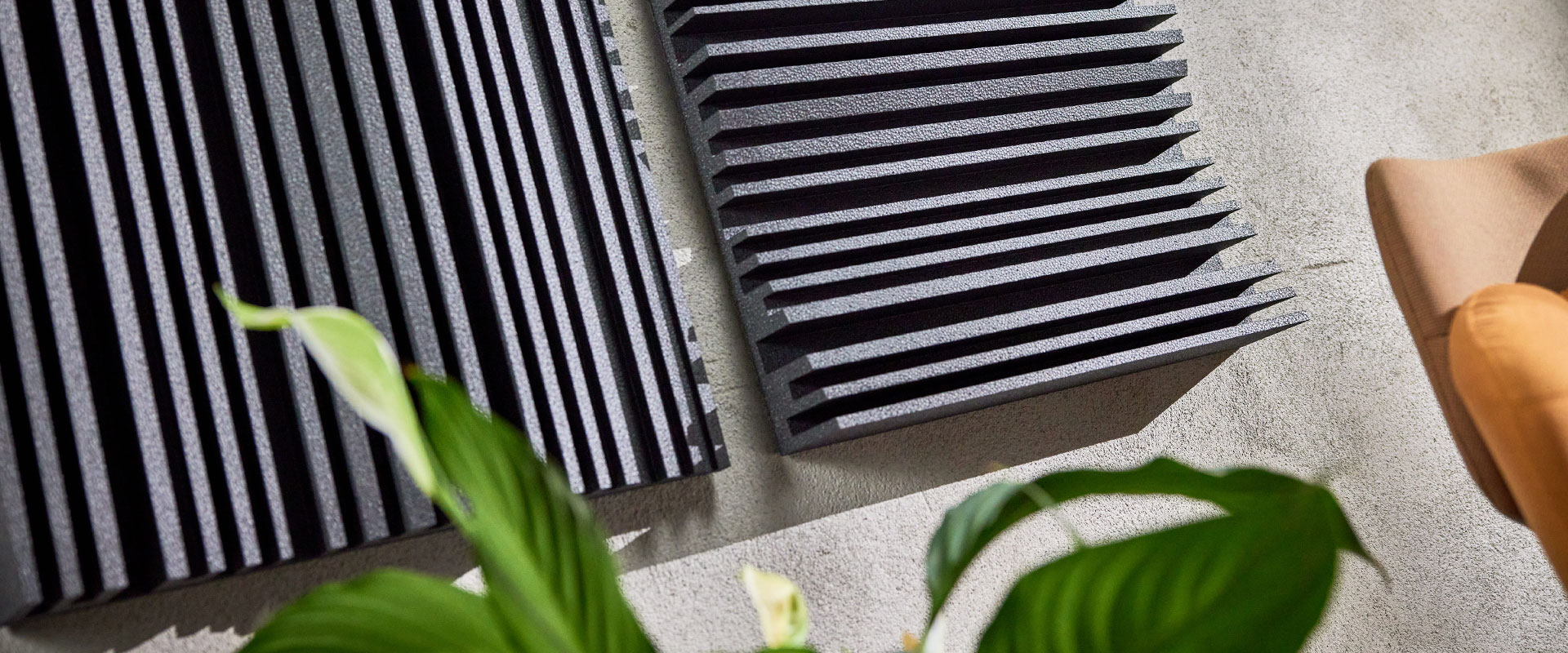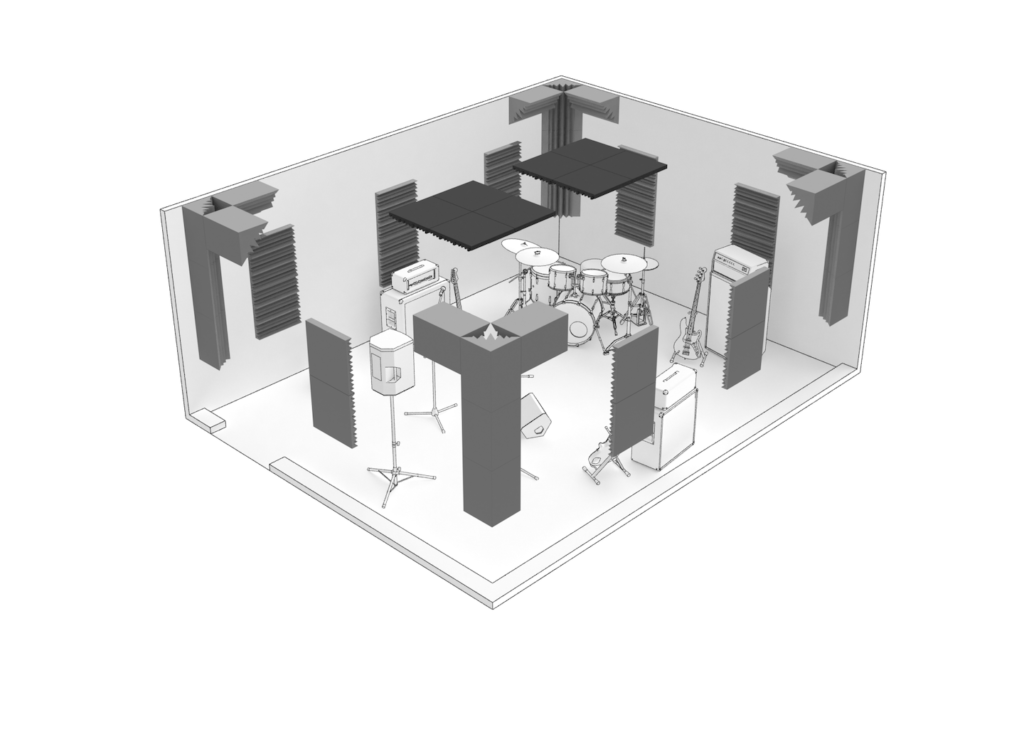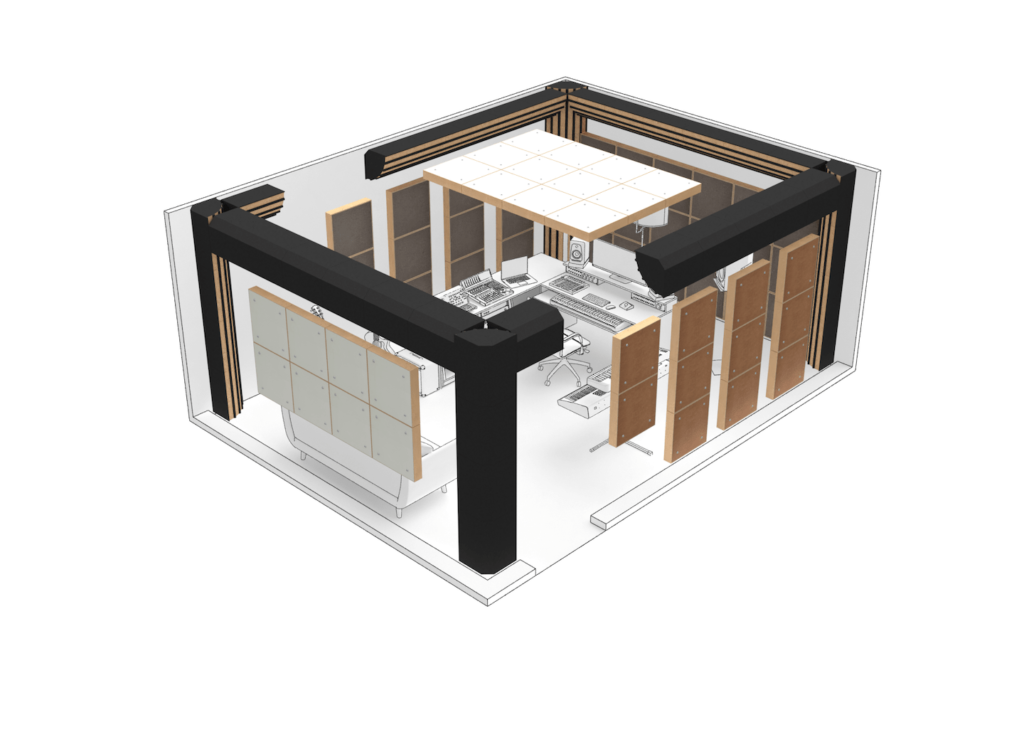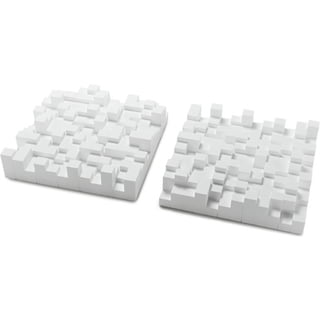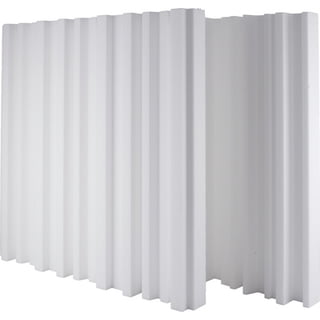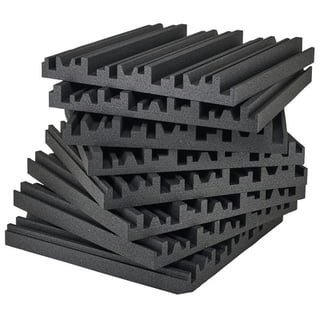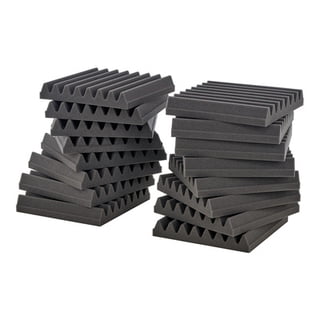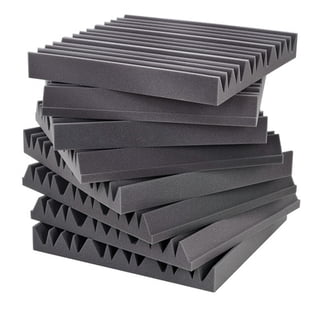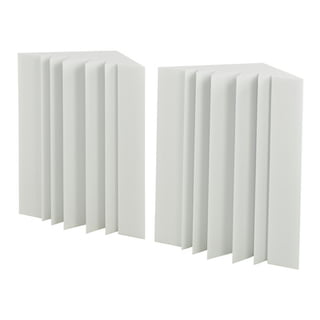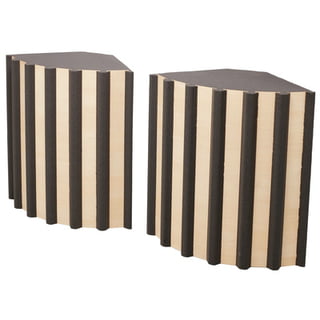Diffusors
In recording studios, rehearsal rooms and home cinema setups, flat surfaces and parallel walls can cause strong reflections of various sound sources. When many of these come together, they can severely affect the sound. Flutter echoes, comb filter effects and room resonances can be the result. Diffusors break up these reflection points and redirect the sonic energy in a diffuse pattern, which leads to a more differentiated and – contrary to broad band absorbers – not overly dry result. A room treated with diffusors sounds more lively, larger and more airy.
Overview
WHY DIFFUSORS
WHY DIFFUSORS
Diffusors are constructed in such a way that they break up unpleasant reflections and effectively prevent flutter echos, comb filter effects and resonances.
Because diffusors absorb very little sonic energy, they don’t over-dampen a room. Installing diffusors can help to bring a dull room back to life. Rooms with many diffusors often sound bigger than they actually are, which has a positive effect on recordings and also makes spending time in the room a more pleasant experience.
DIFFERENCES BETWEEN DIFFUSORS
DIFFERENCES BETWEEN DIFFUSORS
The uneven surface of diffusors disperses and deflects the incoming sound waves, causing “softer” reflections.
Depending on the type of surface, they can be categorized in one-dimensional and two-dimensional diffusors, which disperse the sound either only horizontally (1-D diffusors) or in several directions simultaneously (2-D diffusors).
One common practice is to install one-dimensional diffusors on the walls, in order to spread out the reflections in the horizontal plane only, because one often tries to avoid additional reflections in the direction of the floor and ceiling. Two-dimensional diffusors are often used on ceilings, in order to achieve a wide dispersion without a specific direction.
DIFFUSORS: WHAT TO WATCH OUT FOR
DIFFUSORS: WHAT TO WATCH OUT FOR
When it comes to the number of diffusors to be installed, there’s not much that can go wrong. For the sound propagation in a room, it’s practically impossible to install too many of them.
You cannot over-dampen a room or make it worse with diffusors. Most diffusors can be mounted directly on the wall. Many of our diffusors are glued directly to the wall. Heavier models can be mounted using the included mounting hardware.
When combining several acoustic elements while developing a room optimization concept, it’s best to avoid repeating a “chaotic pattern” too many times. For example, if you install too many of the same elements next to each other without changing things up, you’re creating a static pattern. This is undesirable (especially for large areas), because the reflections cannot be broken up homogeneously due to the larger distances. A combination of different diffusors, variations in their orientation or – even better – alternating diffusors and absorbers helps to solve this problem effectively.
With one-dimensional absorbers, you can achieve a two-dimensional effect by rotating every other diffusor by 90 degrees. This creates a two-dimensional structure that disperses the sound not just to the left and right, but also towards the ceiling and floor.
